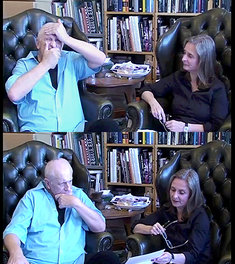During our interviews of a total of nine representatives of the eight selected collections we were able to formulate precise, specifically aimed questions thanks to the information we had from the preceding survey.[1] In this phase we began to consistently use the terms ‘artefact’ and ‘artefact type’. We use these terms to categorize all primary documents which are created before and during the live act (e.g. scripts, drafts), and all audiovisual documents and materials used in the performance as well as all secondary documents such as photographs, video recordings, texts, eyewitness reports, relics etc. The interviewees provided information on their collections’ current activities and histories as well as the significance and accessibility of individual artefacts. The latter issue is approached in very different ways, ranging from the regular opening times of an organised archive to loose material contained in boxes in private studios. All those interviewed judged the artefacts to be relevant not only for conveying information on performance art but also for research purposes. For this reason, they supported our demand for the wider accessibility of this material although in most cases they do not have the means to provide it. All but three of the Swiss collections / archives surveyed are individual initiatives, without financial backing. During our spot-check research in the collections / archives we focussed on the following questions: to what extent is the material publicly visible or accessible? Which search and organisation criteria are applied? How is the material labelled? These points were examined by the example of two selected artists, or performances.
[1] For the names of interviewees in collections / archives and interview questions, see ‘Related documents’.

